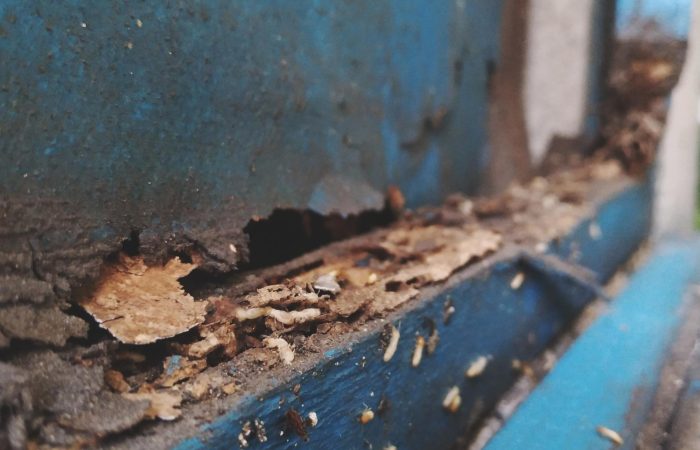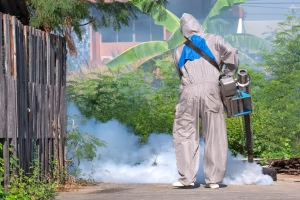Understanding Termites: A Threat to Your Property
Termites are silent destroyers that feed on cellulose-based materials, including wood and paper. In Manila, common termite species include subterranean termites, drywood termites, and dampwood termites. Each species poses unique challenges and requires specific treatment approaches.
Signs of Termite Infestation in Manila
Early detection of termite infestation is key to minimizing damage. Look out for signs such as:
- Mud tubes on walls or foundations.
- Hollow-sounding wood.
- Discarded termite wings.
- Accumulation of termite droppings (frass).
Preventive Measures: Protecting Your Property
Preventing termites starts with proactive measures:
- Moisture control: Fix leaks and ensure proper ventilation.
- Regular inspections: Schedule inspections with MR Pest Control.
- Wood treatment: Use termite-resistant materials and treatments.
Professional Termite Control Services in Manila
MR Pest Control offers specialized services to eradicate termites:
- Comprehensive inspections: Thorough assessments using advanced tools.
- Targeted treatments: Tailored solutions for each type of termite.
- Environmentally friendly options: Safe treatments for homes and businesses.
- Post-treatment monitoring: Ensuring long-term termite protection.
Why Choose MR Pest Control?
- Expertise: Years of experience in termite control in Manila.
- Customer satisfaction: Dedicated to delivering effective results.
- Safe solutions: Using eco-friendly products and methods.
- Customized plans: Tailored strategies to suit your property’s needs.
Secure Your Property with MR Pest Control
Protecting your property from termites requires proactive measures and professional expertise. MR Pest Control provides reliable termite control services in Manila, ensuring peace of mind and long-term protection against these destructive pests.
For expert termite control in Manila, contact MR Pest Control today!
read more





